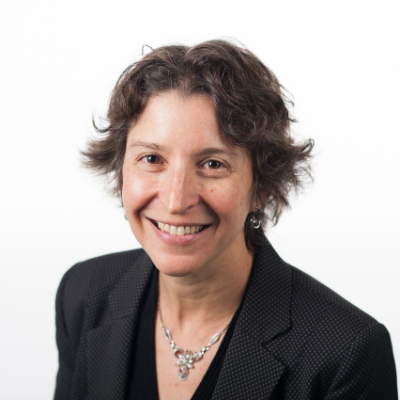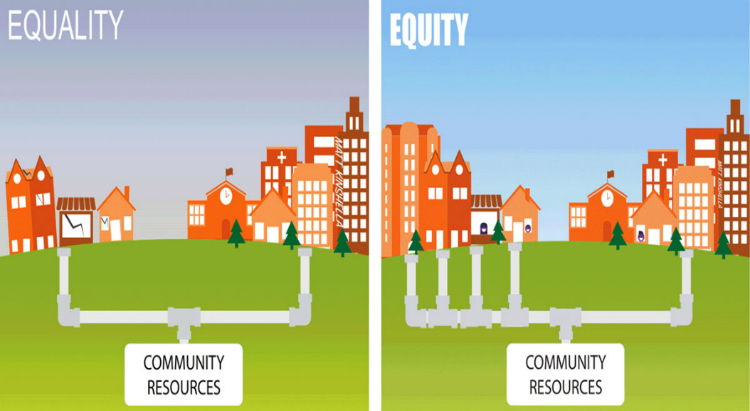Testing the limits of what a building can do typically focuses on its physical characteristics. That’s as true at Georgia Tech — the institution where I work — as it is elsewhere.
From architecture and construction to clean energy and materials research, we’re leaders on an astounding array of disciplines that relate to the built environment. Over the past decade, however, it’s become apparent that buildings both function better, and better serve the people who use them, if social values such as health impacts, diversity and equal access are taken into account. We’re now just two weeks away from launching a building that could advance social equity.
Public universities have their own very concrete reasons to expand access and to welcome non-traditional groups. For example, our mandate at Georgia Tech is to serve the state’s entire population. Some Georgians — particularly women, Latinos and African-Americans — have been notably under-represented on our campus but now enrollments continue to increase among these demographic groups. This issue is particularly pertinent in the science, engineering, technology and mathematics (STEM) fields, where the lack of a diversified workforce continues to be a pressing concern. As employees seek to diversify their own ranks, universities that can place a diverse set of qualified graduates in the professional pipeline enhance both their relevance and their reputations.
So the Living Building at Georgia Tech presents us with a golden opportunity to seek answers to two very timely questions: What can we do ensure that a high-performance building addresses social challenges as well as it addresses environmental challenges? And how can the design, construction and operation of that building enhance Georgia Tech’s commitment to “Creating the Next”?
Toward that end, I am co-chairing the Living Building’s Equity Petal Work Group, which is advising and assisting the building’s project team and the university on an oft-neglected challenge for sustainable buildings. Our group consists of faculty members, students and staff — many of whom have formal training in equity-related education, or whose research or work includes equity as a key component.
The solutions aren’t easy — in part because they’re so different from the work traditionally involved in designing, constructing and operating buildings. It’s more difficult, for example, to measure improved access for under-represented groups than it is to measure energy use.

Equity is recognized as one of three “legs” in the “stool” of sustainability, but it often seems to serve as an afterthought compared to the other two (economics and the environment). Of all green building standards, the Living Building Challenge has the most advanced commitment to equity as a core value. But even LBC’s own authors admit that it’s the least developed of the program’s seven core “Petals.”
Our work group sees this as an opportunity. Rather than meeting the minimal requirements for the LBC’s Equity Petal, we’re defining equity on our own terms, and we’re seeking to address the challenge broadly.
Our first report explicitly stated our desire to go beyond accessibility and inclusiveness. We take as a starting point the experiences and aspirations of specific groups of people who are generally marginalized.
We’ve set two big, related goals. One is to leverage the project and the building itself to increase opportunities in sustainability for members of under-represented populations. The other is related to a distinct opportunity at Georgia Tech as an educational institution: We want this building and the programs within it to help students understand how issues of access for under-represented groups to societal resources relate to the larger goal of creating a sustainable society.
Dozens of recommendations have grown out of these goals. And together with Lord Aeck Sargent, The Miller Hull Partnership, Skanska USA and other contractors on the project team, we’ve begun exploring how to translate some of them into practice.
So what might it look like to push the limits on equity in the context of this Living Building – to achieve not only net positive energy, but “net positive equity”? Here are three examples of the kinds of programs that could help us attain that goal:
• The work group’s Local Hiring Committee is seeking to engage under-represented firms as subcontractors, and create a career pipeline for under-represented populations from Tech’s surrounding neighborhoods – some of which are the poorest in Atlanta. Right now we are working to establish partnerships with existing funders and organizations, and to develop a pilot program for hiring and professional advancement that can be replicated across Tech’s campus and beyond.
• Another committee is engaging under-represented populations in the building’s design and programming. Since the design process started, a small number of community partners have been consulted about design issues and potential use of the building by community groups. Internally, we’ve been engaging under-represented populations of students, staff and faculty in our work and developing strategies to attract these populations to the building. One recommendation is to create a reservation policy for certain spaces in the building that gives priority to student groups serving these populations. Another idea is to encourage the involvement of grade-school programs that are tied to a larger Georgia Tech effort to attract female students and students of color to STEM fields.
• Additionally, since the Living Building at Georgia Tech will be used primarily for education, we’re advocating that equity be a key consideration in identifying courses to be taught, and in determining how they are taught and who teaches them. Recommendations in this area include ensuring that some courses taught in the building take equity issues, such as race and class, as key subject matter, and training faculty who teach in the building to use methods that make learning accessible and enjoyable for students of all abilities.
Emphasizing equity is not just a feel-good endeavor. Leading companies have long recognized that diverse talent is more likely to innovate. And when it comes to sustainability, social science research shows a strong correlation between equity and inclusiveness on one hand, and environmental performance on the other.
As a globally respected technological institute committed to “Creating the Next,” we have a special opportunity to demonstrate the powerful impact that cutting-edge technology can have on sustainable buildings when combined with cutting-edge equity. We have already started to educate our students about the importance of taking society and equity seriously as key components of sustainability, through the new campus-wide Serve-Learn-Sustain initiative. The Living Building provides an opportunity to demonstrate that model in action – and influence other efforts far beyond our campus.
Jennifer Hirsch, Ph.D. is a cultural anthropologist; director of the Serve-Learn-Sustain program at Georgia Tech; and an adjunct associate professor in Georgia Tech’s School of City and Regional Planning. The illustration accompanying this article was created by Matt Kinshella.


